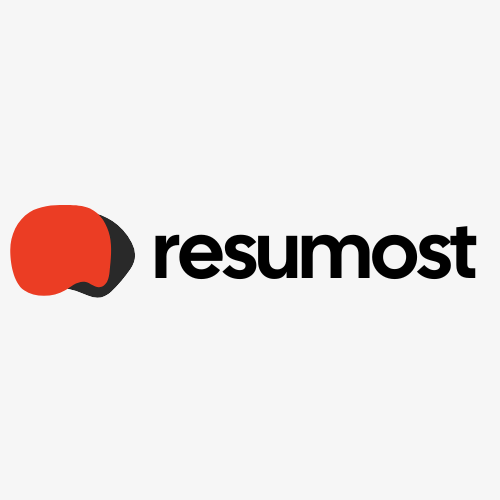The Dynamic Duo: Your Ultimate Guide to Résumés and Cover Letters
Stop guessing what goes where. This guide breaks down the essential differences between a résumé and a cover letter and shows you how to make them work together to land your next interview.
Decoding the Résumé: Your Professional Snapshot
Your résumé is your highlight reel. A hiring manager might only spend a few seconds scanning it, so its primary job is to present your most relevant qualifications clearly and concisely. It’s a document of proof, not persuasion.
The Goal of Your Résumé
The sole purpose of a résumé is to get you an interview. It does this by quickly showing a recruiter that you meet the core requirements listed in the job description. It’s a factual summary of your career journey.
Essential Ingredients of a Winning Résumé
Every great résumé contains a few key sections. Think of them as building blocks for your career story.
- Contact Information: Name, phone number, professional email, and a link to your LinkedIn profile. Make it easy for them to contact you!
- Professional Summary or Objective: A 2-3 sentence "elevator pitch" at the top. A summary focuses on your experience ("Accomplished marketing manager with 5+ years of experience..."), while an objective focuses on your goals (best for career changers or recent graduates).
- Work Experience: This is the heart of your résumé. List your jobs in reverse-chronological order. Use bullet points to describe your achievements, not just your duties. Use action verbs and quantify your results whenever possible (e.g., "Increased sales by 15% in 6 months").
- Education: List your degrees, diplomas, and relevant certifications.
- Skills: A dedicated section for your hard skills (like software, languages, or technical abilities) and relevant soft skills (like leadership or communication).
Piecing this all together can feel daunting. If you're staring at a blank page, using a professional résumé builder from Resumost can give you a fantastic head start with structured templates and expert guidance.
Crafting the Cover Letter: Your Personal Introduction
If the résumé is the black-and-white movie, the cover letter is the full-color director’s cut. It adds personality, context, and enthusiasm. It’s your chance to speak directly to the hiring manager and explain why you are the perfect fit for this specific role at this specific company.
The Goal of Your Cover Letter
The cover letter’s job is to make a human connection. It bridges the gap between the facts on your résumé and the needs of the employer. It answers the silent questions a recruiter has: "Why do you want to work here?" and "Do you understand what we need?"
Key Components of a Compelling Cover Letter
A generic cover letter is worse than no cover letter at all. Follow this structure to make yours stand out.
- The Personalization: Always address it to a specific person if possible. A quick LinkedIn search for the company's "Hiring Manager" or "Head of [Department Name]" is far better than "To Whom It May Concern."
- The Hook (First Paragraph): State the position you're applying for and grab their attention. Mention a recent company achievement, a shared value, or a powerful statement about how your key skill solves their biggest problem.
- The Pitch (Body Paragraphs): This is where you connect the dots. Pick 2-3 key requirements from the job description and explain how your experience (from your résumé) directly applies. Tell a brief story. Show, don't just tell.
- The "Why Us" (Body Paragraph): Show you've done your homework. Explain why you want to work for this company. Is it their mission? Their culture? A product you admire? This shows genuine interest.
- The Call to Action (Closing): End with confidence. Reiterate your excitement and state your desire for an interview to discuss your qualifications further. Thank them for their time and consideration.
Final Polish: One Last Check for Both
Before you hit "send," run both documents through this final checklist:
- Tailor Everything: A generic application gets a generic "no." Customize your résumé and cover letter for every single job. Mirror the language from the job description.
- Proofread Mercilessly: Typos and grammatical errors are the fastest way to look unprofessional. Read it aloud, use a grammar checker, and then have a friend read it over, too.
- Keep it Clean and Simple: Use a professional, easy-to-read font. Ensure there's plenty of white space. For most industries, a clean, modern format beats a flashy, overly creative one.
By understanding how this dynamic duo works together, you’re no longer just submitting documents—you’re presenting a powerful, complete picture of the incredible professional you are. Now go land that interview
© 2026 Resumost.
We love that you're reading our work! Please note that this content is our own. If you'd like to share or re-post it, please reach out to us for permission first. Unauthorized scraping of this site is not permitted.

The Resumost Team
Resumost instantly creates a compelling, professional letter based on your newly tailored resume and the specific job you're targeting.